Import and export businesses play a crucial role in boosting trade and commerce across borders. With the rising demand for international trade between India and other global markets, starting an import-export company presents a lucrative entrepreneurial opportunity if done systematically. This article covers a step-by-step process on how to successfully start your own import-export business in India.
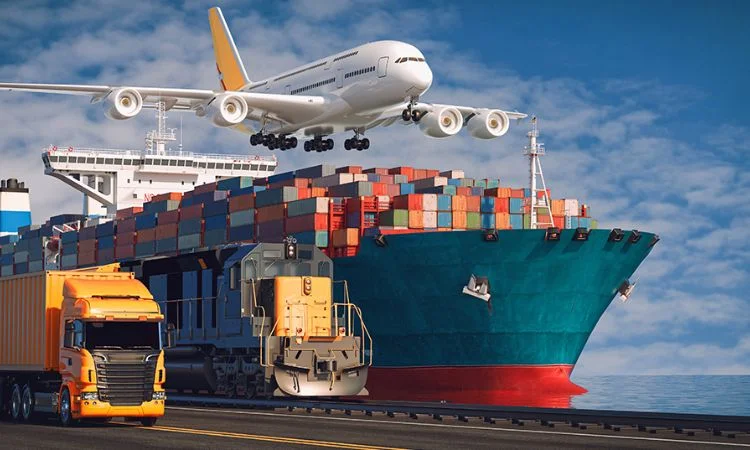
Source: Google Images
Conduct Extensive Market Research and Analysis
Undertaking comprehensive market research and evaluation forms the very basis for establishing a successful import-export business. This preliminary analysis equips entrepreneurs with requisite insights into target products, prevailing demand dynamics across focus geographies, potential customer segments, competition intensity, regulatory considerations, logistical requirements, and projected profitability that will influence business decisions at every stage, right from conceptualization to expansion.
Conducting detailed market research and analysis is the core foundation for any import-export venture. The various key aspects that must be thoroughly evaluated include:
Identify Products with Maximum Export or Import Viability
- Prepare a list of India’s top export industries and products to spot export opportunities.
- Similarly, make a list of India’s major imported products not available or manufactured domestically.
- Identify specific categories within those domains that have fewer players and barriers.
- Shortlist products after comparing international demand, consumption patterns, growth trends, etc. For instance, India’s jewelry exports are growing, indicating further export potential.
Evaluate Competition in The Industry
- Thoroughly examine existing import export companies dealing in the same products shortlisted by you.
- Study their scale of business, markets served, product volumes and value, year-on-year growth, etc. by checking their financial reports if available.
- Identify competitive advantages you can leverage over competition like lower pricing, better supplier network, or geographic expertise.
Learn Import and Export Laws, Duties, and Compliances
- Understand overall import and export regulations in India and intended export countries or import partners.
- Specifically learn duty structures, certifications, and compliances about shortlisted products.
- For example- For importing cosmetics, registration with the Central Drugs Standard Control Organization is mandatory.
Choose a Suitable Operating Model
Choosing the right sort of commercial enterprise version is critical for constructing a scalable import-export firm. The version shapes sourcing techniques, goal markets, carrier portfolios, sales, and enterprise growth plans. For example, an indenting agent earning commissions may additionally intend for high volumes using concentrating on multiple exporters and importers throughout geographies.
In assessment, an importer dealing in top-rate electronic gadgets might also be cognizant of direct tie-ups with foreign manufacturers supplying brand-new technologies coupled with price-adds like warranty control. Aspiring marketers have to check their enjoyment of specific products, existing global linkages, appetite for logistical complexity, running capital bandwidth, and profit orientation to decide on an optimal running version.
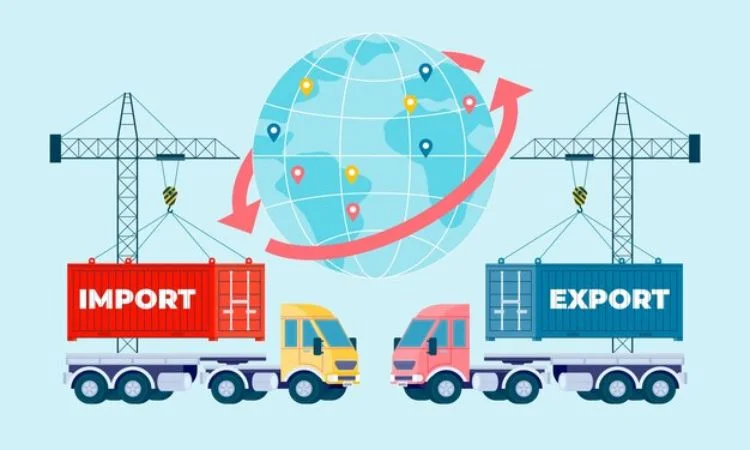
Source: Freepik
Exporter
An exporter directly supplies indigenous goods manufactured domestically to international buyers located overseas across multiple countries. The primary duties covered include:
- Researching to identify nations with favorable trade policies and scope for exporting shortlisted products
- Interacting with prospective foreign buyers to understand demand forecasts, pricing expectations, delivery timelines, and after-sales servicing needs
- Handling entire export order processing comprising documentation, licensing, customs clearances, and ensuring compliance with export regulations
- Arranging reliable multi-modal product transportation and freight forwarding right till the importer’s destination port
Importer
An importer directly deals with accredited overseas suppliers and manufacturers in foreign countries to purchase goods in bulk quantity and import them into India. The key tasks comprise:
- Identifying the most optimal sourcing destinations and reliable, reputed suppliers for intended imported products through extensive research
- Managing interactions, price negotiations, finalizing payment terms, and establishing robust sourcing relationships with selected suppliers
- Undertaking all import clearance formalities in India right from obtaining necessary licenses and completing customs documentation to remitting applicable import duties
Indenting Agent
Indenting agents act as intermediaries that connect genuine importers abroad seeking specific products with relevant Indian exporters capable of fulfilling those sourcing requirements in a reliable and cost-competitive manner. Their responsibilities span:
- Receiving buying trade inquiries, leads, and requests for price quotations from established overseas importers looking to purchase Indian goods.
- Researching to identify the most suitable Indian exporters or manufacturers that align with importers’ expectations regarding pricing, quality assurance, capacity, and past industry credentials.
- Liaising with shortlisted exporters and providing end-to-end shipment execution till satisfactory order deliveries are completed at the destination port.
Trading Company
The business model of a trading corporation has broader and more integrated supply chain services that cover import and export management. Important tasks include:
- Keeping up broad networks of foreign buyers and suppliers to facilitate simultaneous interaction with numerous inbound and outbound trade prospects enabling shipments from domestic manufacturers to foreign clients.
- Offering ancillary services related to foreign trade, such as product compliance management following export/import market regulations
- Offering trade financing options, offering warehousing and inventory planning, and offering end-to-end sourcing solutions.
Determine Products to Import or Export
With substantial foundational research completed and the preferred operating business model finalized from a profitability and viability stance, the next crucial step involved in the import-export firm establishment process is identifying specific product categories and line items to commence trading in based on the selected framework. This product identification exercise should assess potential opportunities from dimensions spanning expected local and global demand trends, competitive landscape, logistical requirements, sourcing reliability, prevailing regulatory compliances, and projected contribution margins vs risks involved.
With research and business model finalized, the next step is identifying specific products to trade in based on the chosen model.
Factors for Product Selection:
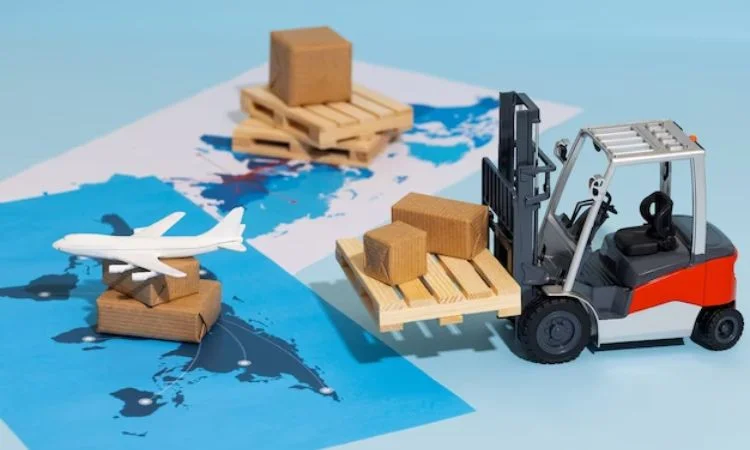
Export Viability
- Global demand in target export countries
- Availability within India at reasonably competitive rates
- Logistical feasibility of export to destinations abroad
Import Prospects
- Deficit in India causing dependence on imports
- Advantageous sourcing opportunities in certain countries
- Favorable import tax structures and incentives
Other Aspects
- Aligning with internal expertise and supplier/buyer networks
- Managing inventory/warehousing requirements
- Optimizing profit margins
List out Overseas Suppliers or Foreign Buyers
- Prepare a list of accredited suppliers abroad that provide the imported shortlisted products
- Similarly make a list of established buyers, stores, or dealers in export destination countries to supply.
Complete Essential Registration and Licensing
Certain registrations and licenses are mandated by law to undertake import or export activities. Key requirements:
Import Export Code (IEC)
The IEC is a 10-digit identification number required by all Indian entities to import or export goods. It is issued by the Directorate General of Foreign Trade to regulate India’s foreign trade.
- Primary branch/office registration to conduct import-export business
- Online application via DGFT website
- Renewal every 5 years
GST Registration
GST registration is required for businesses with annual turnover over Rs 20 lakhs. It provides a unique GSTIN used for filing taxes, availing input credit, and other compliance under the Goods and Services Tax system introduced in 2017.
- For inter-state trade and paying IGST on imported goods
- GSTIN code gets generated post-registration
Product Specific Certifications
Certifications like FSSAI, AGMARK, BIS, etc. are required for quality assurance and standardization of products in food, agriculture, and industrial sectors. They ensure safety, performance, and reliability for consumers.
- Certain goods like foods and livestock require FSSAI licenses, plant quarantine certificates, etc.
- Registration can be product-specific (cashew export) or business category-specific (pharmaceuticals trader)
Bank Accounts
Bank accounts are needed to receive/make payments, get working capital, term loans, trade finance, and manage cash flow & transactions. Accounts like current, OD, CC, and EEFC are opened after KYC submission.
- Current or capital account in the bank once IEC approved
- Facilitates money transfers through Letters of Credit and safeguards from foreign fluctuation risks
Obtain Relevant HS Codes and Product Registrations
HS Codes – Standard 6 or 8-digit codes used in global trade documentation to classify every product internationally
Agmark Certification – For agricultural commodities, registration helps with quality standardization
Similar codes and certificates associated with products dealing in animal products, chemicals, etc.
Setup Logistics Partnerships and Business Processes
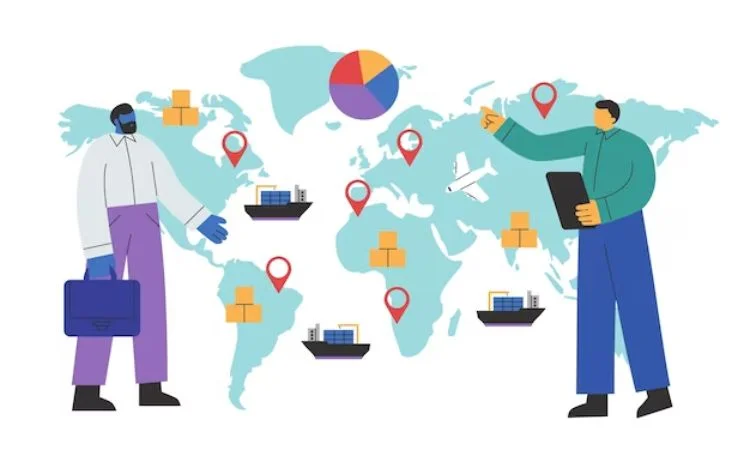
With licenses and codes set, the next phase involves establishing operational workflow-related partnerships and protocols.
Logistics Tie-ups
Freight forwarders – Managing shipment booking, custom clearances, and documentation
Warehousing – For interim storage of goods until a purchase order or during transits
Insurance – Protecting products from losses associated with transportation
Standard Operating Procedures
Supplier management – Guidelines for managing overseas suppliers or domestic exporters
Inventory tracking – Tools for monitoring real-time inventory of imported/exported goods
Accounting – Software applications for managing export/import documentation, taxation, revenues and payroll
Expand Business by Adding Products, Markets and Services
Pursue measured growth by gradually widening the scope and scale of operations.
Enhance Product Portfolio – On achieving decent volumes for existing verticals, expand into related products or new categories
Increase Geographic Presence – After consolidating the base export market, progressively enter new overseas geographies
Provide Value Add-Ons – Complementary services like labeling, packaging, digital marketing, etc to evolve into an integrated international trader
Top 5 import businesses
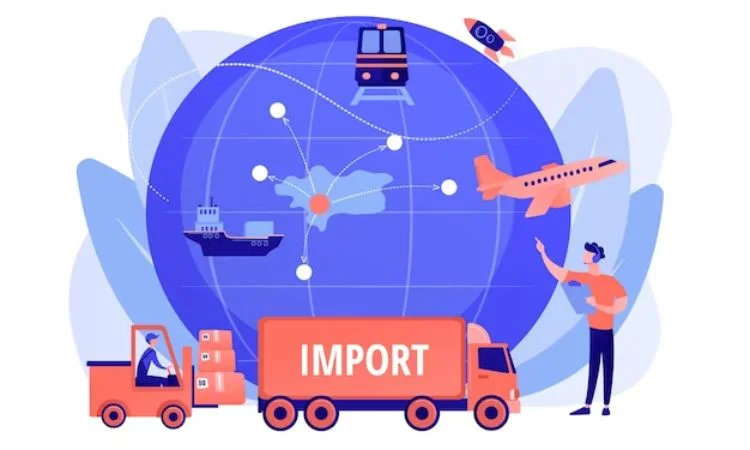
1. Electronic Components – India lacks semiconductor/chip manufacturing and imports a majority of electronic components.
2. Crude Oil – India is heavily dependent on imported crude oil to meet its high energy demands.
3. Gold – India is the largest importer of gold, which has a high demand for jewelry as well as investment purposes.
4. Plastics/Polymers – India has a fast-growing plastic processing industry but lacks in raw material production.
5. Electric Machinery – Capital goods like industrial machinery, medical devices, AC/Refrigerators, etc. comprise a major import share.
Top 5 export businesses
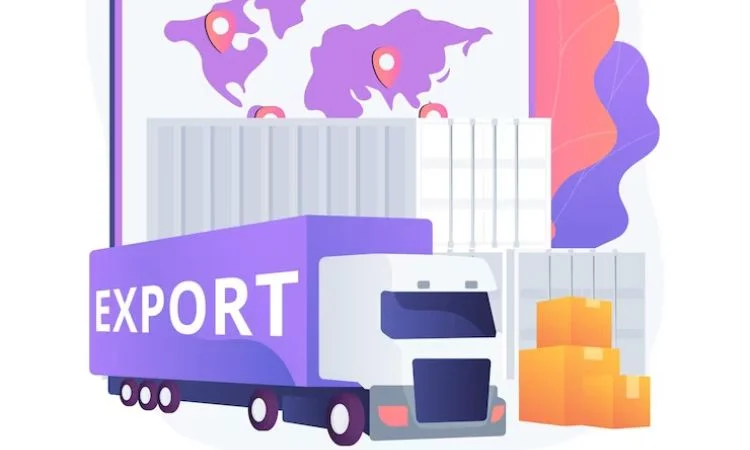
1. Gems and Jewelry – Highly skilled artisans and labor cost advantage make India a leading global exporter.
2. Leather Goods – The abundant availability of raw materials and skilled craftsmen make leather exports lucrative.
3. Generic Pharmaceuticals – India exports affordable medicines to developing as well as developed economies.
4. Cotton Yarn/Fabrics – India’s historic expertise in textile manufacturing and cotton cultivation aid exports.
5. Spices – The diversity in agro-climatic conditions allows India to export a variety of spices.
Conclusion
Starting an import-export commercial enterprise is a complex challenge that calls for in-intensity planning and professional execution throughout numerous domains. The process spans undertaking particular marketplace evaluation, deciding on the correct enterprise version, handling compliances, tying up overseas partnerships, handling operations, and increasing strategically.
With globalization expanding exponentially and countries pursuing change partnerships, organizations facilitating the import and export of goods and offerings will maintain gambling a pivotal role. Businesses that can adapt dynamically to market modifications at the same time as making sure the best great requirements can turn out to be worldwide leaders in the global alternate area.















